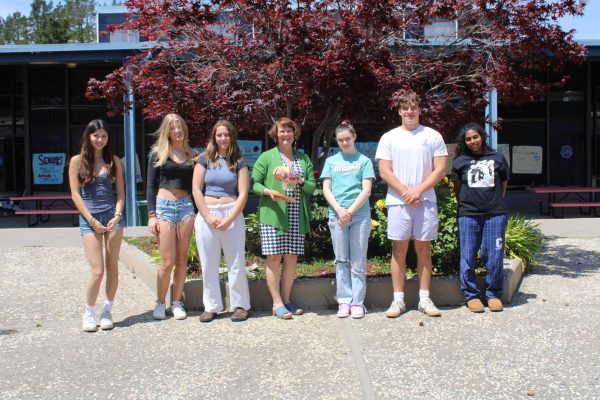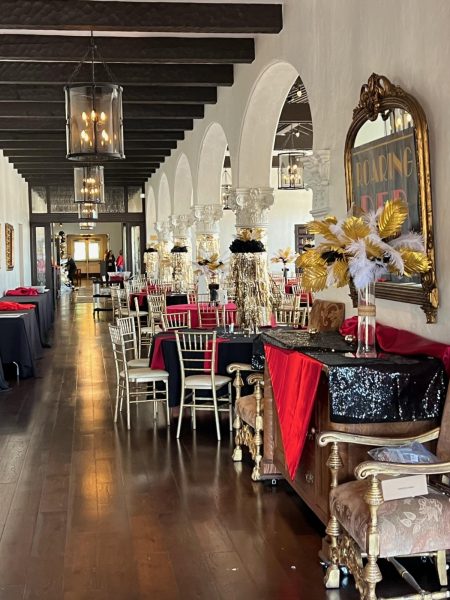Campolindo Promotes Sustainability with Clothing Drive
Campolindo leadership held a clothing swap at lunch on March 3 in an effort to raise money for the garden and make the school more sustainable. The Campo Swap took place in the quad and gave students the opportunity to buy old Campo merchandise.
The idea to hold the Campo Swap had been in circulation with Leadership’s Sustainability Board for a long time. The motivation for the drive is to create a cycle of reuse so less clothing goes to waste. Junior Max Marino, who was a co-leader of the drive, said that “clothing is one of the biggest stocks of pollution” because “when it breaks down it releases dissolved gas in the atmosphere.”
The clothing drive had more than one positive outcome, however. Another leader of the swap, junior Marcus Han said “[leadership] was told that the garden needs shoring up for the goat fences, and we wanted to do a fundraiser for it.” Further, they wanted to give students a chance to buy used clothing that people don’t want anymore. Leadership “knew there was a surplus of Campo stuff that people had and [they] wanted to create a positive cycle where people could give it away…so underclassmen could have it,” said Han.
The process of putting together the Campo Swap was fairly simple. Leadership “sent out emails, did a lot of posts on the Red Sea…and contacted parents individually,” said Marino. Further, they figured out which alumni and parents “would have a lot of merch” due to their past involvement in Campo sports and “went up to individual people asking for donations,” said leadership representative senior Mia Jiang.
Campo students seemed largely satisfied with the clothing swap. Junior Vincent Magagna said that he heard about the drive through “the Campolindo Instagram page” and is “very satisfied with [his] purchase.” Further, Junior Daisy Penney stated that she “thought the [Campo Swap] was a great idea” because “it serves a great purpose for the school.”
Campolindo Leadership promoted sustainability with the Campo Swap and gave students the opportunity to buy what would be unwanted clothing. “The sustainability board wants to reuse stuff as much as possible” because “it’s really great for the environment,” said Marino.
Your donation will support the student journalists of Campolindo High School's The Claw. Your contribution will allow us to produce more issues and cover our annual website hosting costs.



